Simple spelt sourdough bread recipe
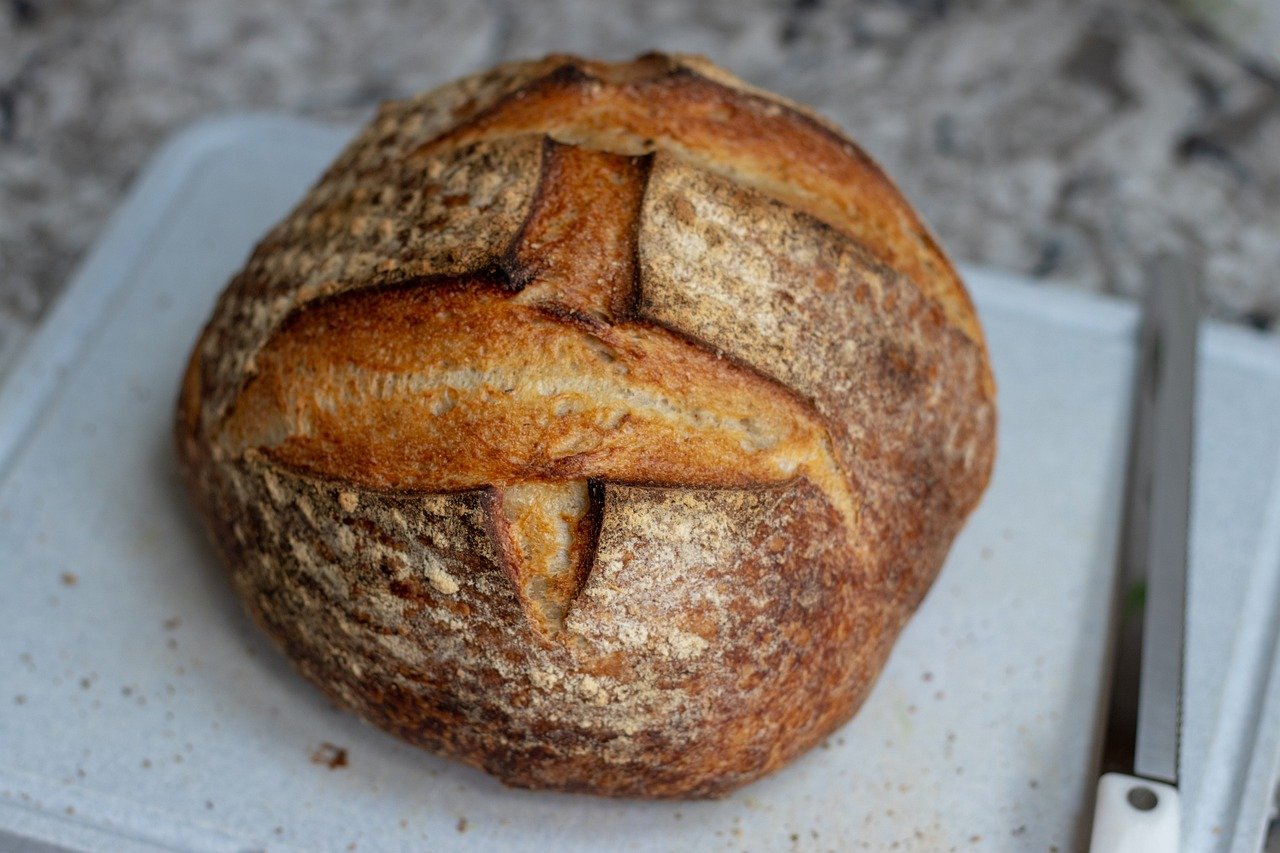
Sourdough bread has gained popularity in recent years due to its unique flavour and potential health benefits. Contrary to its name, sourdough is not always sour but can exhibit a mild tanginess depending on the care given to the starter and the baking process.
In addition to its delightful taste, sourdough’s slow fermentation process makes it more digestible and suitable for individuals with gluten sensitivities.
Compared to wheat flour, spelt contains more nutrients, providing more fibre and essential nutrients, such as niacin, copper , vitamin B2, manganese and thiamin. It also contains less gluten which further contributes to easier digestibility. Spelt bread has a nutty, slightly sweet flavour that adds complexity to the taste.
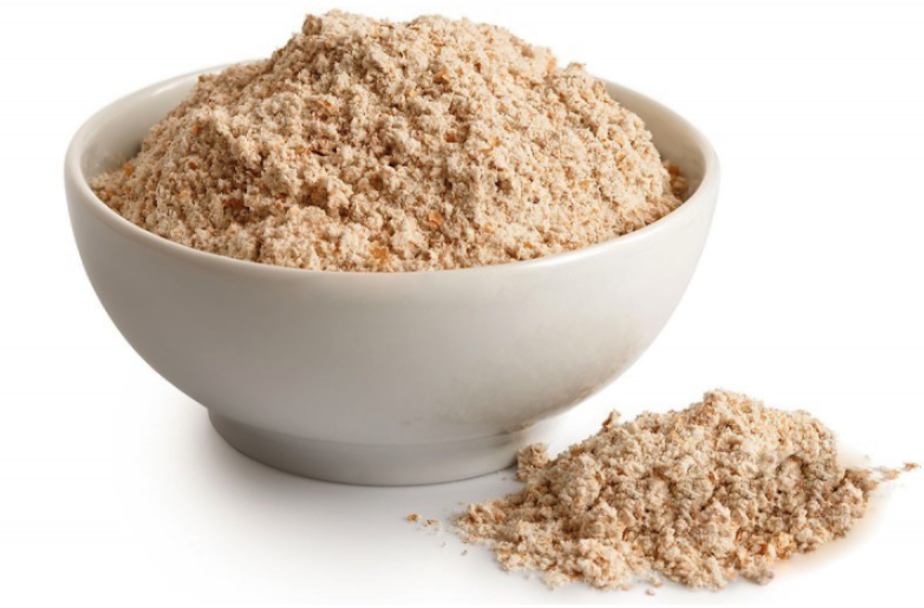
When baking with spelt flour you may need to adjust the hydration as it attracts and absorbs water easily. However it can quickly become sticky and overhydrated because of weaker gluten structure. It is necessary to add water gradually.
For this recipe you will need:
Levain:
- 30g spelt flour
- 30ml water
- 10g sourdough starter
Dough:
- 300g wheat flour
- 200g whole spelt flour
- 380ml water
- 10g salt
Make levain
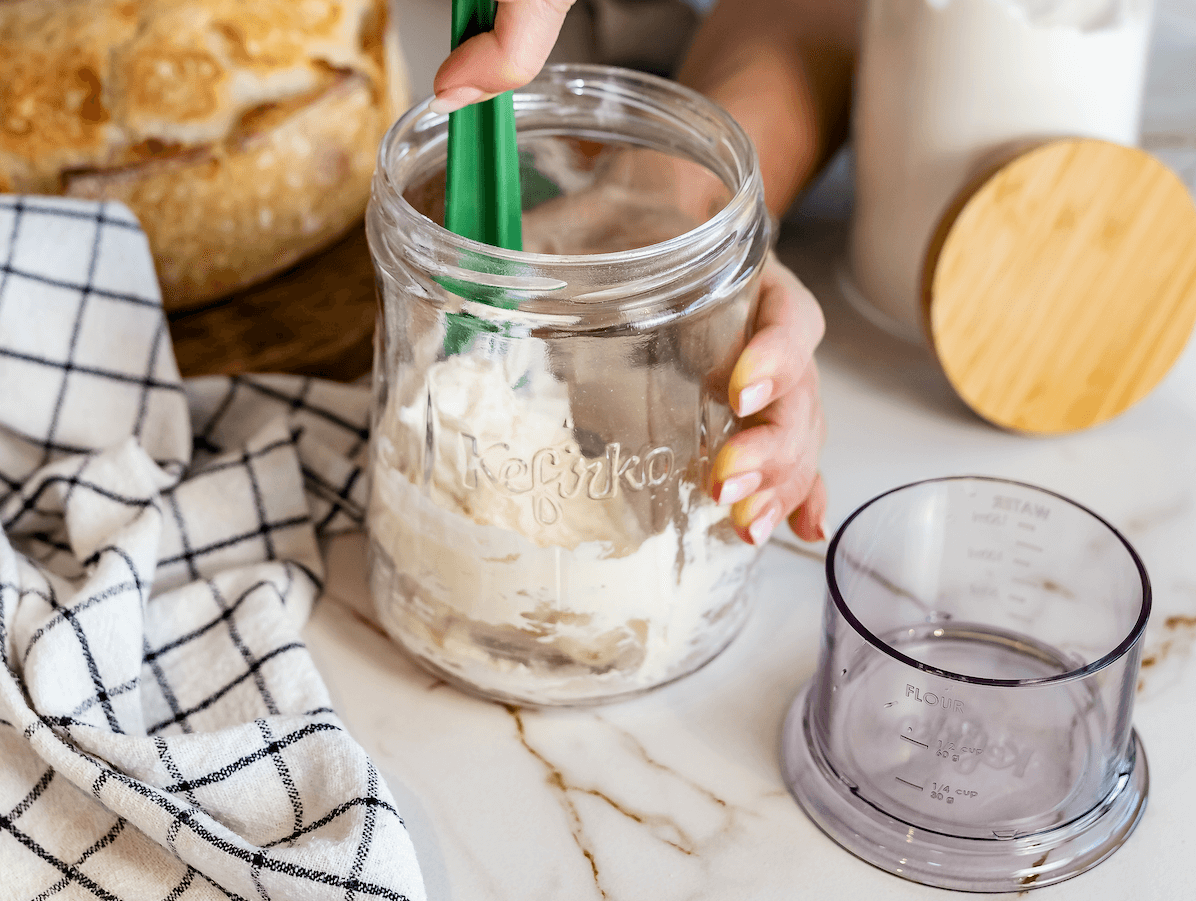
Autolysis
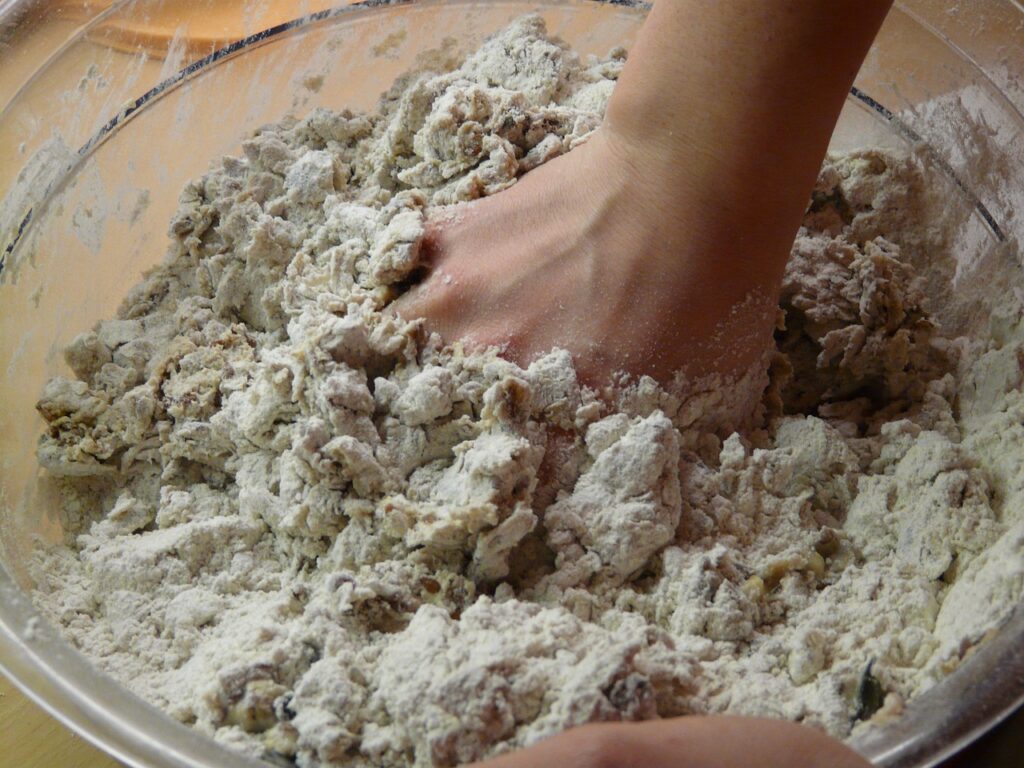
Bulk fermentation, Stretch & Fold
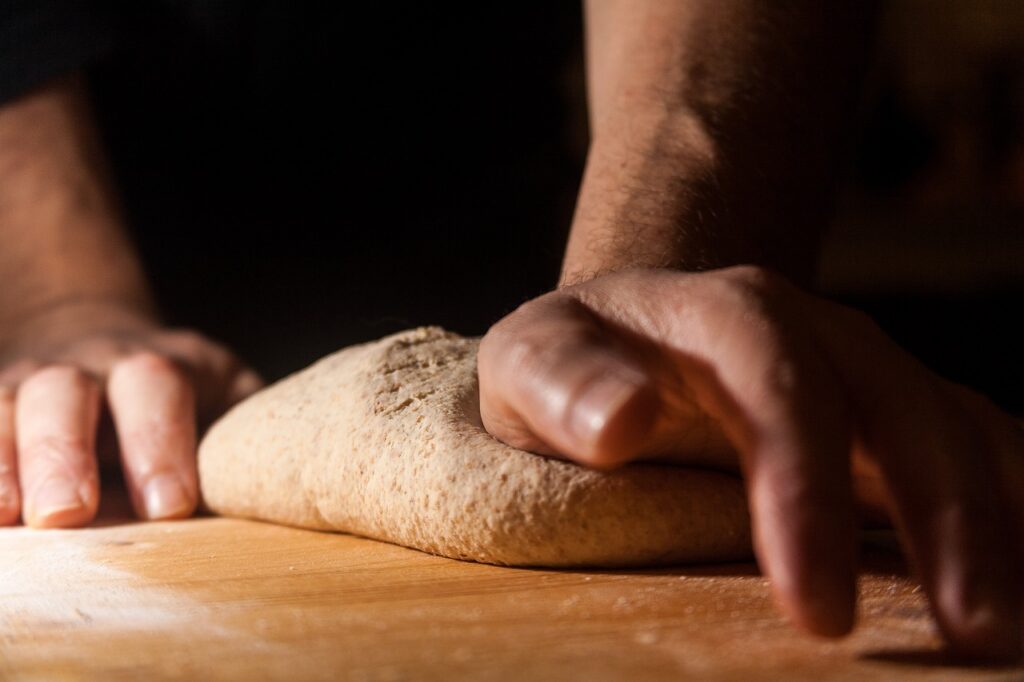
Shaping and final proofing
Scoring and Baking
Spelt sourdough bread gains popularity due to its unique flavour and potential health benefits. Despite the fact that baking with spelt flour is more demanding than baking with wheat, with this recipe and the detailed steps, you will surely succeed in making delicious bread that will become one of your favourites.
Recommended products from this blog:
-
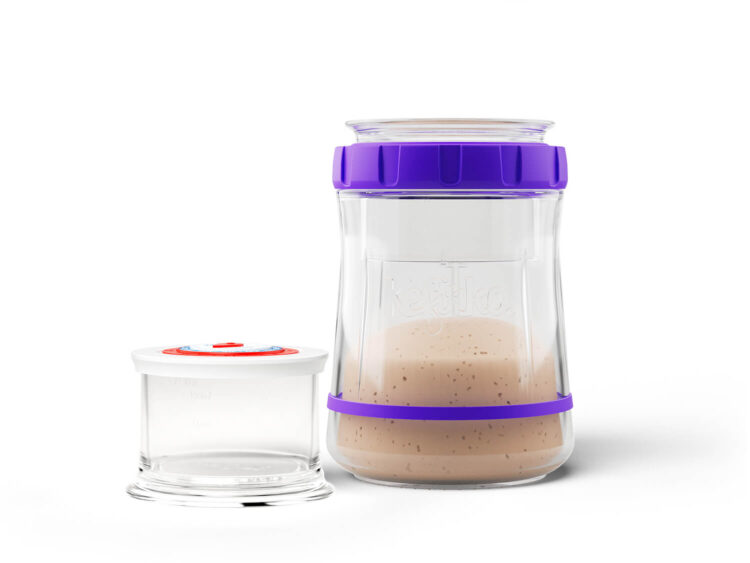
SOURDOUGH FERMENTER
$42.99Rated 4.20 out of 5BUY NOW This product has multiple variants. The options may be chosen on the product page






I recently emailed you about the bread making lessons that I paid for when I backed your product on Kickstarter. As stated then, I will be unable to access the lessons as I will be away all September.
Could you please advise me if there will be other opportunities to view the classes, will they be recorded?
I am sure I am not the only person in this situation.
I look forward to your reply.
I recently emailed you about the bread making lessons that I paid for when I backed your product on Kickstarter. As stated then, I will be unable to access the lessons as I will be away all September.
Could you please advise me if there will be other opportunities to view the classes, will they be recorded?
I am sure I am not the only person in this situation.
I look forward to your reply.
Hi Cheryl, we’ve sent all links to video recordings of the workshops to the email you provided on Kickstarter. If you haven’t received them, please send us a message at info@borgla.com
Hi Cheryl, we’ve sent all links to video recordings of the workshops to the email you provided on Kickstarter. If you haven’t received them, please send us a message at info@borgla.com